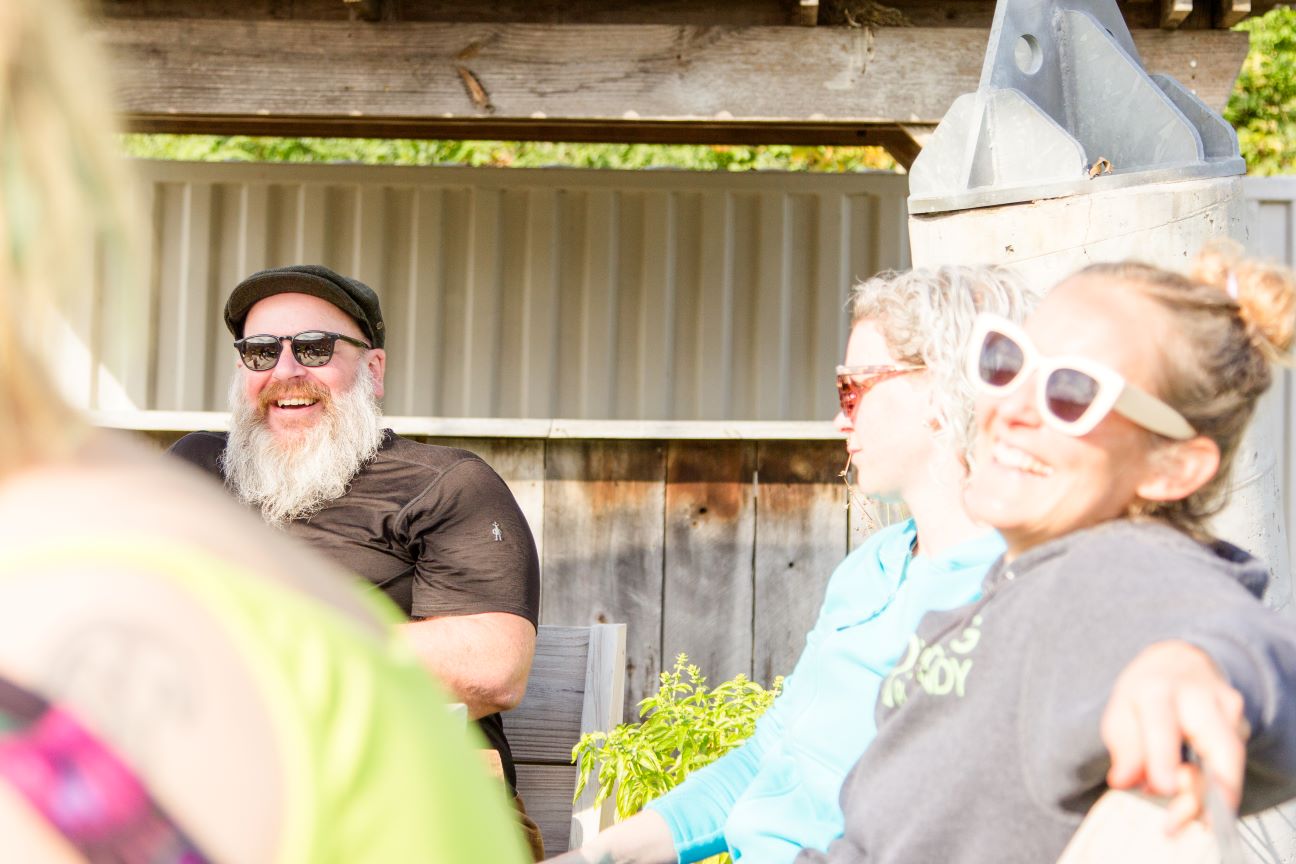I grew up in a country with excellent soil. If you dropped a seed and didn’t pick it up, that better be where you wanted that plant. We didn’t even know what composting was because it wasn’t necessary. People typically don’t look for answers to problems they don’t have. Fast-forward to Mother’s Day 1988; my mother-in-law brought us plants and flowers for a new flower bed in our new house in a new subdivision.
I quickly learned that all soil isn’t black, crumbly, fertile, and perfect. I realized I had a problem, and it was time to find an answer – it was compost. I bought a black box with a lid and no bottom, put our grass, leaves, veggie, and fruit waste in it, and by fall, I had the best compost. Well, not really. I had a stinking glob of rotting stuff with some good things on the side. The thing I noticed was that the ground underneath the black box had turned from hard clay to soft, fertile soil, and I’m hooked. And you’re saying “one paragraph into this article, and he hasn’t helped me at all.” Sorry, I ramble about soil and compost.
What is composting, why should I and how do I get started? Composting is combining once living (organic) materials so that it will decay into humus – dark brown crumbly stuff.
What is this organic material? At my house, it is a fruit, veggie, coffee, and tea waste, cardboard, paper, and eggshells indoors and weeds, grass, and leaves outdoors.
Estimates vary, but 50% to 75% of municipal solid waste could be composted. And if you do your part, you’ll turn your trash into a resource. It’s not that hard, but “the devil is in the details.” Composting has a recipe of colors: blue, white, green, and brown – water, air, nitrogen (fruit/veggie), and carbon (leaves/paper).
If you get the recipe right, it works well. If you don’t, it will still work well. It will just take longer. The great thing is that “Everything Rots” (good book, easy read). Before you start, you need to decide how much you are going to be involved, where you want it to keep it, and why you are doing it? The three types that I’ve done are hot, cold, and worm composting. So, there is a style that you can make work.
Hot composting: Think of a bin, box or tumbler, a pitchfork, and sore muscles. It provides quick compost, reduces weed seeds and diseases but requires weekly attention and some physical work on your part. You will get good compost in about 3 to 12 months.
Cold composting: Think of a pile of leaves or other open areas that looks a little neglected. It provides natural compost with minimal effort, but you will get some volunteer plants (weeds or veggies) and may not be the look you were going for in the garden. The timeframe is 12 to 36 months.
Worm composting: Think of either a box inside or a pile or box outside. It provides relatively quick compost with minimal effort. It has more nutrients than hot compost but will still have a lot of the seeds of the veggies you fed them. It will also have a lot of worms. Whether this is a pro or con is up to you. Once a bin is mature, you will get about 10 percent of what you put in, out every month as compost.
To get started, get or make your bin; it can be a $200 box or tumbler, 3 or 4 pallets, a roll of fencing, or a pile. Collect your materials. Three to four times more browns (leaves/paper) than greens (fruit/veggie). Mix them, wetting as you do so. You can change the green/brown ratio, but the first problem people tend to have is that the compost stinks.
This is because it has too much nitrogen, or the nitrogen isn’t covered. If it is too wet or sticky, add browns and white (air). If it isn’t breaking down, add greens and blue (water). If you are worm composting, you would add in composting worms and leave them to do their job. In all three cases, microbes, fungi, and larger decomposers combine to speed up the decay of the organic material and leave behind a beneficial product – compost. Don’t be intimidated by rules (more like guidelines) and internet bullies (like me). Get your bin, mix your stuff, let it rot, and use your wonderful compost.
This was written by Keith O’Dell, owner of Castaway Compost. Castaway Compost is a local company offering composting worms, worm composting bins, and worm compost tea (gallon or yard). If you are interested in ordering, email keith@castawaycompost.com.


